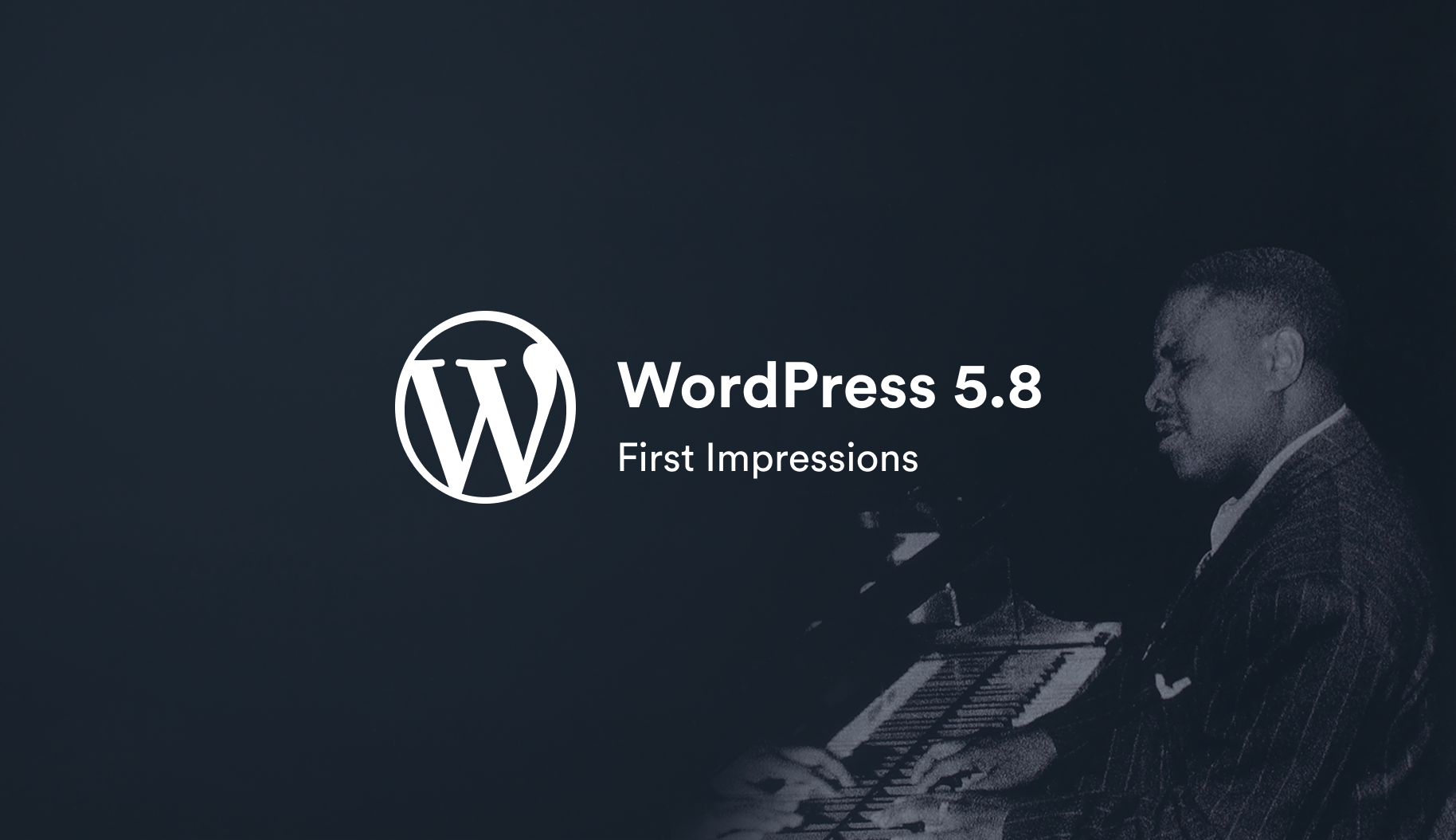The latest version of WordPress is one of the most major updates we’ve seen in recent years, introducing a wide range of new and improved features designed to streamline content creation and improve UX, including editor enhancements, workflow helpers, and WebP image support. Here, we take a closer look at three of the update’s most notable additions that will have a big impact on how users and agencies interact with Gutenberg, by giving end users more design control than ever before.
Introducing block patterns
The easiest way to describe block patterns is as a collection of Gutenberg blocks grouped together, laid out and ready to go. If you look at how they’re registered, and what they put into the editor, it’s essentially a bit of markup that describes which blocks to put in, and their attributes. In this respect, they’re very similar to reusable blocks, however a key difference is that reusable blocks are designed so that any changes made to them propagate around the site, wherever they are used, and this isn’t the case with block patterns. Any modifications have no effect – once inserted, they are essentially just a set of blocks.
Block patterns are being presented as layout-focused, offering a faster and easier way for users to insert complex layouts, without requiring detailed knowledge of how the block editor works. For theme developers, this means less reliance on creating a block specifically just to achieve certain layouts. The main opportunity provided by Block Patterns is a UX one, demonstrated by the Post List block where the pattern used within the block can be offered up to the user for selection at insertion. This will also cut down on training users on all of the different configurations of a block.
With the release of block patterns, an age-old question for theme developers resurfaces – to what extent should users be able to control layouts? The introduction of blocks into WordPress has given users more control than ever before, after many years of only being able to insert content wherever they were allowed by the theme developer, and with the maturity of block layout features combined with a world of block patterns (take a look at the growing Pattern Library), users have more control than ever before. With Full Site Editing just around the corner, it could be time to embrace change and let go of the reins.
Theme.json global styles and settings
The new theme.json file lives in the root of a theme, and allows developers to configure block settings all in one place as an alternative to the `add_theme_support()` function. Within the theme.json file you can set a number of options in the block editor, either to make global changes to all blocks, or to adjust settings on a per-block basis, and configure styling elements such as colour palettes, typography and spacing. As well as top-level and block-level styles, there’s also a concept of elements that can be used within both.
It’s great to see WordPress fully embrace the power of CSS Variables for more fine-grained control now that IE11 support has finally been ditched, and fantastic to be able to configure so many settings in one location.
Template editor
This new opt-in feature lets users create posts and page templates using blocks, and apply various levels of customisation via an intuitive interface. It also enables them to easily switch between editing a post or the template that’s been used to create it.
While it currently needs further refinement, the template editor certainly delivers a much simpler method of site building and is a solid step towards the full editor which is expected to be released in December 2021.
What’s next
These features definitely offer food for thought for WordPress agencies by removing even more barriers that prevent non-technical users from creating layouts. By heading in a no-code direction, it’s easy to envisage WordPress becoming a powerful tool in any citizen developer’s arsenal.
With the recent announcement that Full Site Editing may be available before the year is out, this will create the biggest change to the CMS platform since the introduction of blocks back in 2018. Although undoubtedly it will be optional once it’s released, much like the introduction of Gutenberg and blocks it will be difficult to ignore, and delivers a new level of empowerment for users by removing the barrier of technical knowledge almost completely.
Big Bite was at the forefront when blocks arrived, launching the world’s first enterprise level project using Gutenberg and creating Benenson, an open-source theme of user-friendly blocks and robust functionality (you can view a video showcase of the work here). We’ve since focused on bridging the gaps in block functionality for global newsrooms and content creators by extending Gutenberg with tools and plugins that transform online publishing, and we anticipate that there’ll be similar opportunities with Full Site Editing, further expanding the reach and capabilities of the world’s most popular CMS platform.


